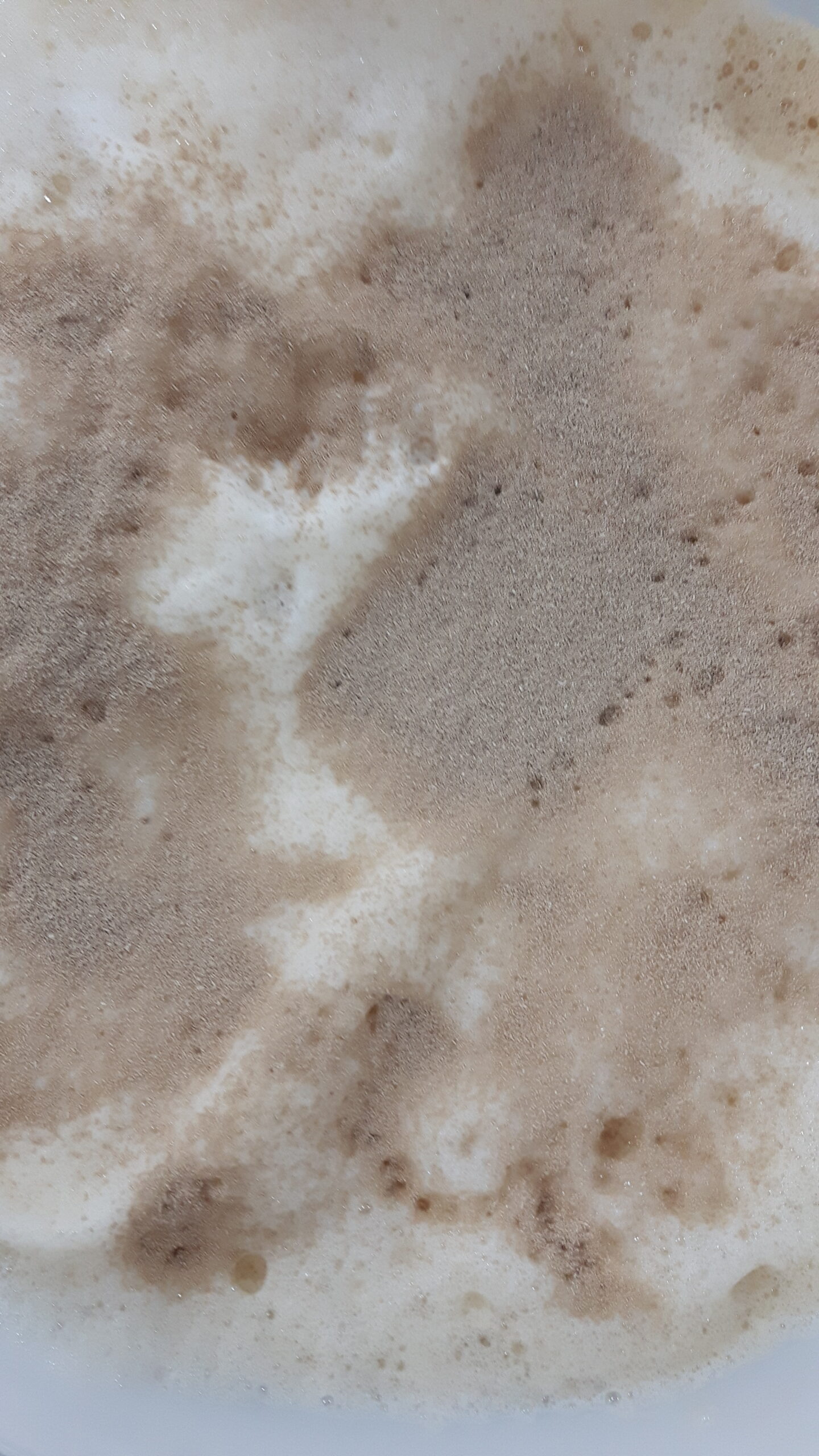Have you ever been in a situation where you weren’t sure if your beer was stuck or if fermentation had simply finished? Or wanted to warm your lager for a diacetyl rest a few points before your final gravity but not sure when that was meant to be? Or want to use a new yeast strain and not sure what attenuation to expect?
Luckily, there is an easy and useful test you can perform that will help in these situations. This is called the ‘forced fermentation test’ and essentially involves rapidly fermenting a small portion of wort in order to predict the final gravity of your whole batch.
All yeast strains have a ‘range’ of apparent attenuation. You may see something like ’74-78%’ for example. What this figure is telling us is the percentage of available sugars that the yeast can convert into alcohol and carbon dioxide. When we know our start gravity we can use this attenuation figure to give us a rough idea of our final gravity. However, the actual attenuation can rely on several factors such as the temperature of fermentation, the amount of yeast pitched, aeration of the wort and the yeasts alcohol tolerance. So it can be difficult to get an accurate figure for your final gravity before you reach it.
Similarly, your mash profile affects the fermentability of your wort, with higher temperatures creating less fermentable worts and lower temperatures creating more fermentable wort (in general). You can then also factor in kettle adjuncts such as brewing sugars which may be more or less fermentable and therefore have an effect on your final gravity.
All of this leads to a lot of variability and (in many cases) a bit of guesswork but if you are able to perform a forced fermentation test you are able to take the guesswork out of your brewing process. By rapidly fermenting your wort you can see where your main batch should finish (within a point or two) and if it seems to stop much higher you know that it is not finished or it is stuck.
So how do you perform the test?
Luckily, it couldn’t be much easier. You just need;
- A container that can hold around 250ml (8.5 fl oz) and allows your hydrometer to float
- A hydrometer
- 15ml (0.51 fl oz) of yeast slurry or 3g (0.11 oz) of dried yeast (make sure it’s the same strain you plan to use in your main batch)
- Some method of keeping the sample warm (as close to 27°C/80°F).
- Some method of regularly agitating the wort
A stir plate and a heat belt are probably the ideal way to perform this test but don’t worry if you haven’t got either of these, you can still do it! The steps are;
1. Create your main wort as normal and using sanitary equipment draw off 250ml.
2. Pour this wort sample into a clean and sanitary container and take a hydrometer reading.
3. Pitch your yeast – this is a lot of yeast for a batch this size but you want to deliberately overpitch.
4. Place the sample somewhere warm – ideally you want to ferment this at around 27°C (80°F) to ensure a speedy fermentation. A heat pad or brew belt will help to reach these temperatures if you have one.
5. Regularly agitate your sample, either by using a stir plate to keep the wort continuously moving or by regularly picking up and stirring your container. Again, this well help to speed up the fermentation.
6. Allow your wort sample to settle for a day before you take a hydrometer reading. If your reading is consistent over two days fermentation is finished and your gravity reading is the final gravity you can expect from your main batch.
This is a really simple test to perform and will help you avoid dangerous issues such as bottle bombs or flavour issues that can be caused by moving beer off of the yeast too soon so it is well worth giving this a go.
Do you regularly perform forced fermentation tests? Do you find them useful? Let us know in the comments below or by sending us an email to [email protected]
